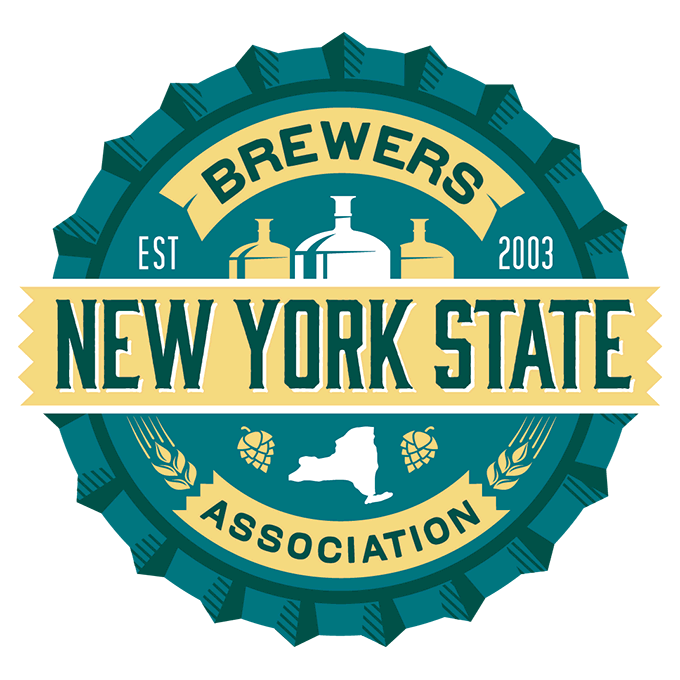
Choosing a great name for your new brew can reinforce the brand positioning of your brewery and create a certain excitement about the beer. Of course, the name has absolutely no impact on the quality of the beer (Heady Topper by any other name would still smell as dank), but it’s still an important aspect that can increase sales.
An often overlooked aspect in choosing a name is the avoidance of infringing on the large number of competing brand names. In recent years, talk of trademark cease and desist letters flying around the craft brewing industry has been a hot topic, and for good reason. The rise of the industry has resulted in a flood of brand names, each having the potential to cause legal friction. The following are some considerations from a trademark perspective for naming your beer.
(1) Avoid Similar Competing Names
Unless you like spending lots of money on lawyers, try not to choose a name that is likely to be confused with another beer brand. The standard for trademark infringement is likelihood of confusion, not exact identity. Choosing a name with only an insignificant difference from another could still make you the recipient of one of those nasty letters. Do yourself a favor and use tmsearch.uspto.gov to search for existing trademark registrations that might be similar to your prospective name.
(2) Chose a Non-Descriptive Name
If you want to prevent others from using your name, chose a distinctive one. Names that are highly descriptive of the product do not carry much brand protection. Simply naming your beer “summer wheat” will give you virtually no trademark protection. On the other hand, others will likely not be able to stop you from using such a descriptive name.
(3) File Trademark Applications Early
Filing an application with the U.S. trademark office is not a requirement for protecting your name. You will still have what are called “common-law” rights in in your geographic region. But filing for federal protection of a distinctive name can increase your protection in many ways, including preventing others from registering the same or a similar name. It’s important to note that you can file a federal trademark application before you actually start using your prospective name. You might not be the only person to think of your clever new name, so if you want to win the race to the trademark office and reserve rights in the name before anyone else, file early in the process. You can file an application on your own at www.uspto.gov/teas/teasplus.htm or you can choose to retain the services of an experienced trademark attorney. Either option is likely to be cheaper than dealing with infringement issues down the road.